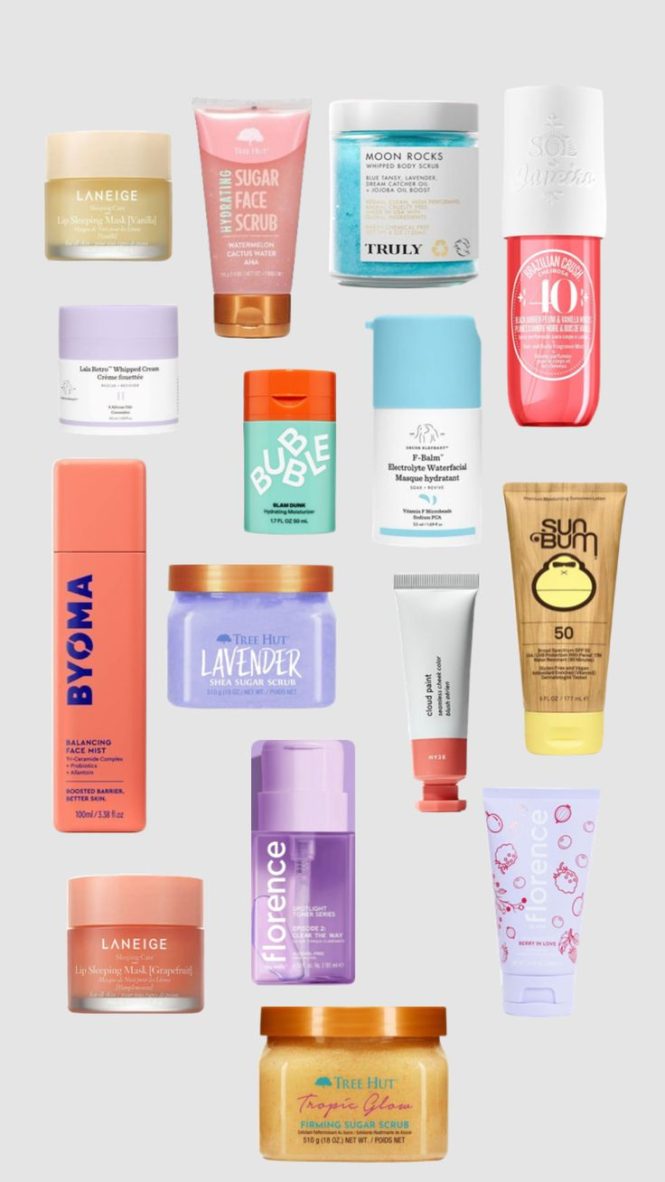

Skincare for different climates is a crucial aspect of maintaining healthy, radiant skin year-round. Extreme weather conditions, like harsh winter winds or scorching summer sun, can significantly impact your skin’s health and overall appearance. Understanding how to adapt your skincare routine for these varying climates is key to successful, balanced skincare practices. This article will explore the specific skincare needs for different climates, highlighting the key adjustments necessary for optimal results. We’ll delve into tailored strategies for each season, providing practical advice and product recommendations for achieving healthy, glowing skin regardless of the weather. The structure of this article includes a comprehensive overview of skincare adjustments for various climates, followed by detailed sections dedicated to summer, winter, and everything in between. Practical tips and product suggestions are included, ensuring you’re equipped with the knowledge to enhance your skincare routine year-round.
Understanding the Impact of Climate on Skin
Seasonal Skin Changes
Different climates significantly influence our skin’s health and needs. Extreme temperatures, humidity, and UV exposure can all impact the skin’s moisture barrier, leading to dryness, irritation, or excessive oiliness. Understanding how specific elements interact with your skin is paramount to creating an effective skincare strategy. For example, dry air in winter can lead to dehydrated skin, while high humidity can exacerbate acne in hot and humid seasons. The sun’s UV radiation, in both summer and even slightly cloudy days, plays a role in premature aging and skin damage, so protection is key regardless of the time of year. Knowing these basic principles can help you tailor your skincare routine for best results.
Environmental Factors and Skin Reactions
Sun exposure, humidity, and temperature are key environmental factors that impact your skin. Each element can trigger distinct reactions in different skin types. For example, oily skin might produce more sebum in humid climates, while dry skin can become further dehydrated in extremely dry climates. Understanding how these factors impact your skin is the first step toward creating a climate-appropriate skincare routine. One approach is observing changes in your skin’s appearance over several months to pinpoint the relationship between seasonal changes and your skin’s reactions.
Summer Skincare Routine
Protecting from Sun Exposure
Summer brings increased sun exposure, which can lead to sunburn, premature aging, and even skin cancer. A crucial component of a summer skincare routine is high-SPF sunscreen. Look for broad-spectrum sunscreens to shield your skin from both UVA and UVB rays. Applying sunscreen liberally and regularly, even on cloudy days, is essential to prevent sun damage. Consider using a moisturizer with SPF for added convenience and to reduce the need for reapplication.
Balancing Oil Production
High temperatures and humidity can cause your skin to produce more oil. This can lead to breakouts and clogged pores. Use lightweight, oil-free cleansers and moisturizers, along with an appropriate acne treatment to keep the skin balanced.
Maintaining Hydration
Hydration is critical for healthy skin in all climates, but it is especially important during the summer months. Drink plenty of water throughout the day and use hydrating moisturizers to replenish moisture lost due to sweat and sun exposure. Incorporate hydration masks in your routine to get immediate results. Look for ingredients that contain hyaluronic acid, glycerin, or aloe vera.
Winter Skincare Routine
Addressing Dryness
Winter’s dry air can severely dehydrate the skin. A crucial component of a winter skincare regimen is moisturizing. Choose rich, creamy moisturizers that can effectively trap moisture in your skin. Consider using a humidifier in your home to increase humidity levels and help retain moisture.
Preventing Skin Irritation
Cold weather can make skin more susceptible to irritation and dryness. Use gentle cleansers that avoid stripping natural oils from your skin. Avoid harsh soaps or cleansers, and use a hydrating cleanser instead.
Protecting from the Elements
Protecting your skin from harsh winds and cold temperatures is critical in winter. Use protective clothing to prevent friction and skin damage. This could include gloves, hats, and scarves, as these elements can be really impactful on your skin health. It’s a good idea to use an additional moisture barrier for exposed areas of skin such as hands, ears, and cheeks.
Skincare for Moderate Climates
Adjusting for Seasonal Changes
Moderate climates like spring and fall often experience fluctuating temperatures and humidity levels. These fluctuations require a skincare routine that is adaptable. This involves using products that can adjust effectively to both dry and slightly humid conditions. A key part of this is adjusting products to include lighter options for warmer weather, and richer options for colder weather.
Addressing Transition Needs
The moderate changes in climates require adaptable products. Use products specifically formulated for transition periods. These types of products usually have a combination of moisturizing ingredients and sun protection ingredients, to help your skin get used to either the cooler or warmer temperatures.
Incorporating Seasonal Trends
Pay attention to the evolving trends in skincare products during these times. These trends frequently incorporate ingredients that are very helpful for seasonal skin health.
Choosing the Right Products
Identifying Your Skin Type
Knowing your skin type is crucial for choosing appropriate products. Different skin types react differently to various climates. Oily skin might need lighter products in warmer climates, while dry skin may require richer moisturizers in colder, dry climates. Experimentation is necessary to identify what works best for your skin.
Ingredients to Consider
Look for ingredients that offer hydration, sun protection, and soothing properties. These include hyaluronic acid, ceramides, and glycerin for hydration. Consider ingredients that will help protect against the elements, like SPF, or ingredients for soothing inflammation. These ingredients will help maintain healthy skin, regardless of the climate.
Prioritizing Daily Habits
Maintaining healthy habits, such as drinking plenty of water and getting adequate sleep, are critical for healthy, radiant skin. Remember that your skin is your body’s largest organ. Taking care of it involves a holistic approach that includes everything from hydration to adequate sleep.
In conclusion, adapting your skincare routine to different climates is crucial for maintaining healthy skin throughout the year. By understanding the unique challenges each season presents and adjusting your products accordingly, you can protect your skin from environmental stressors and achieve optimal well-being. Remember to listen to your skin’s needs and adjust your skincare routine as needed. For personalized advice, consult a dermatologist or skincare professional. This comprehensive guide provides a foundation for your seasonal skincare journey, empowering you to navigate diverse climates with confidence and healthy skin.